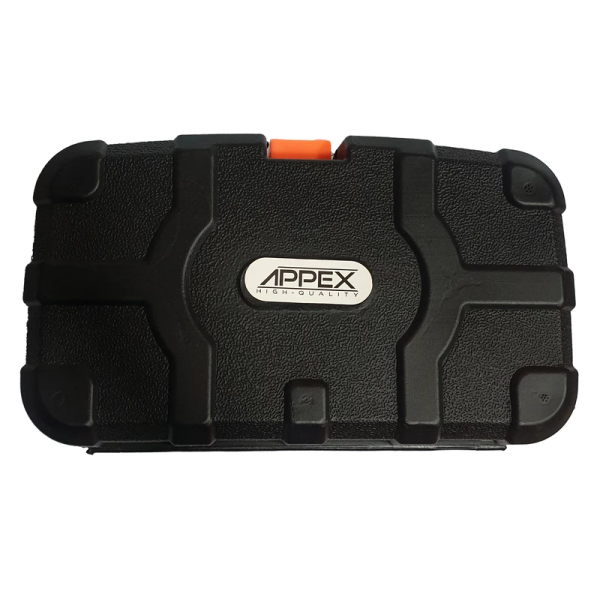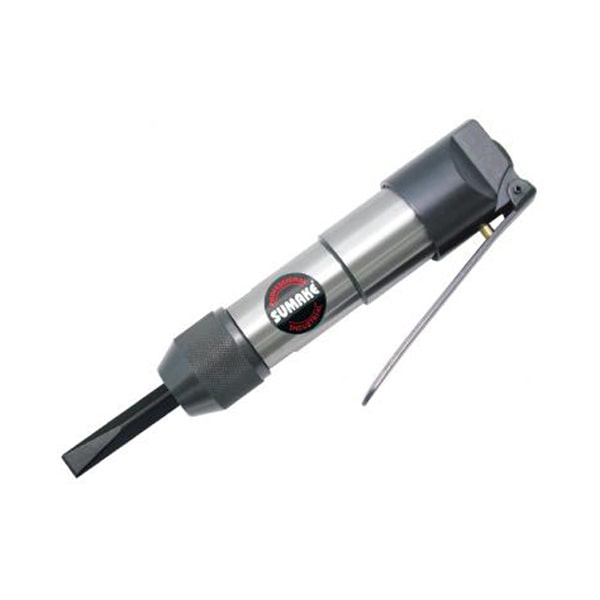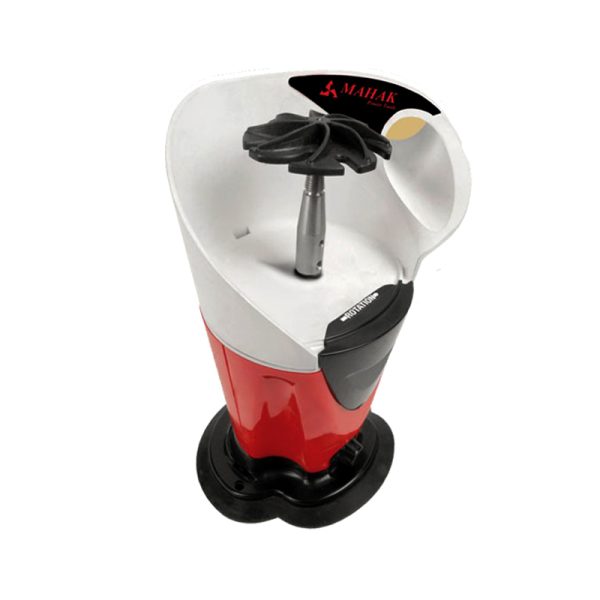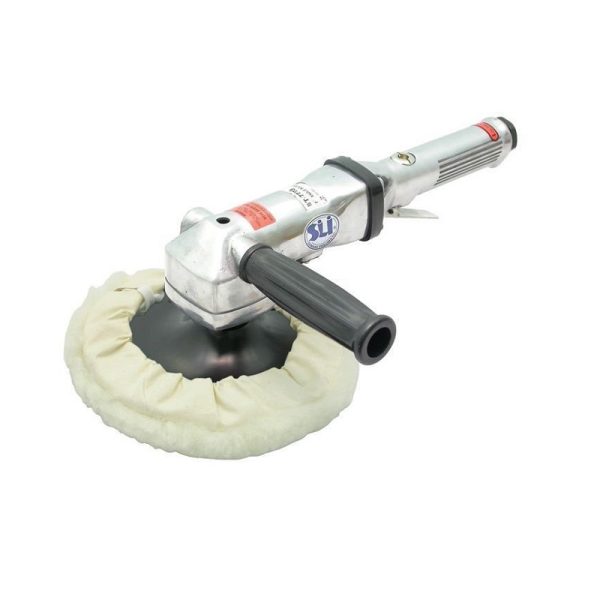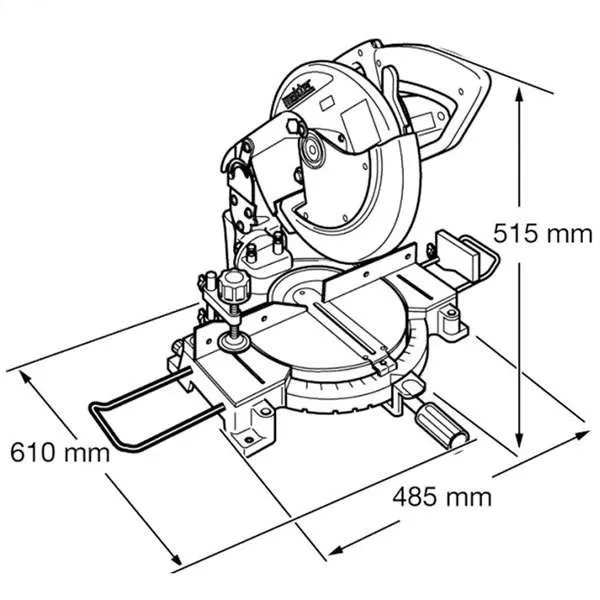فروش ویژه
دریل پیچگوشتی شارژی چکشی 14.4 ولت NEC مدل 1815
دریل شارژی براش لس چکشی 16.8 ولت NEC مدل 1688
دریل شارژی براش لس 16.8 ولت NEC مدل 1677
دریل پیچگوشتی شارژی لیتیومی 14.4 ولت NEC مدل 1814
دریل چکشی شارژی لیتیومی 14.4 ولت NEC مدل 1715
دریل پیچگوشتی شارژی لیتیومی 14 ولت NEC مدل 1714
دریل شارژی براش لس لیتیومی 16 ولت NEC مدل 1616
دریل شارژی براش لس لیتیومی 12 ولت NEC مدل 1515
دریل چکشی شارژی لیتیومی 12 ولت NEC مدل 1812
دریل پیچ گوشتی شارژی لیتیومی 12 ولت NEC مدل 1712
دریل شارژی چکشی 18 ولت لیتیومی آاگ مدل BSB18G4-202C
نمره 5.00 از 5
دریل چکشی 18 ولت شارژی میلواکی مدل M18FPD3-0X
ابزار پرفروش
دستگاه سنباده دیسکی 300 میلیمتر و غلتکی 120 میلیمتر محک مدل RDS-5/12
مخزن آب ۱۵ لیتری میلواکی مدل M18BPFP-WST ویژه M18BPFPH
تیزکن مغار و فرز نجاری محک مدل MFG-40
سنباده بادی گرد 178 میلی متر سوماک مدل ST-7773
اره فارسی بر لیزری 255 میلیمتر محک مدل MS-255
سمباد لرزان گرد مشتی (چرخشی و لرزشی) 350 وات NEC مدل 3101
Mostbet casino
Install the pokiesurf casino app for quick access to your account and pokies on mobile.





























